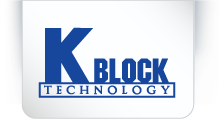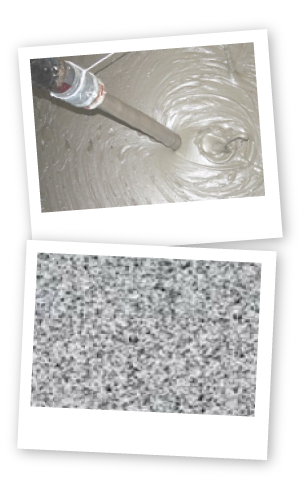
K Block Lightweight Concrete is an engineered low-density material made from cement, sand, water, and millions of small air pores (bubbles). The small, strong air pores/ bubbles in K Block Lightweight Concrete are made using a proprietary foaming agent (K Block Foaming Agent) which flows through a foam generator - creating mechanically manufactured bubbles. This “foam” is then blended with a cement slurry or cement/ sand mix. It is these small air bubbles/ pores in combination with our own specially designed production equipment that give our lightweight material its unique set of properties
History:
K Block Lightweight Concrete is uses a production method based on cellular lightweight concrete (CLC). CLC was first developed during the 1920’s and describes a material that is made with the same materials as concrete - namely: cement, sand (sometimes), and water; but no coarse aggregate. Instead, the aggregate and some (or all) of the sand is replaced with very small air bubbles. While CLC has been uses in the world for more than 60 years, it has mostly been used for roof insulation and floor toppings. The key issue was lack of good production equipment, strong air bubbles that could take the rigors of a plant process and a lack of a production system/ quality control procedures.
Over the last fifteen years, K Block Technology has modified the CLC method, designed our own production equipment and foaming agent, and developed a unique and complete production system for making lightweight concrete. This system is what we refer to as K Block Technology.
K Block Technology: Key Features and Benefits
Using K Block Technology Production process provides the customer with some unique services and benefits; including:
| 1. A Complete System | K Block provides customers with a complete production system from raw material evaluation/ selection, quality control procedures, troubleshooting help and problem solving training and support |
| 2. Proprietary Production Equipment | designed by K Block for lightweight concrete |
| 3. Proprietary Foaming Agent | Especially designed to produce small,strong air bubbles |
| 4. Mix Designs | based on the customers local raw materials |
| 5. Technical and Production Training |
Using the above unique items in the manufacturing process, lightweight concrete made with K Block Technology has the following features and benefits:
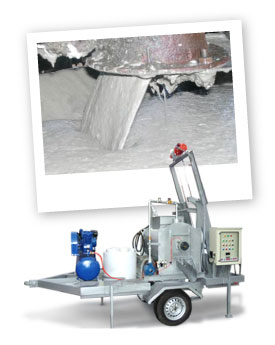
A. During Manufacturing
- Consistent and uniform product produced quickly during manufacture (5-6 minute batch times)
- High cement shear mixer, so minimal cement used to achieve desired strengths
- Low product waste during manufacturing
- No product settlement in the moulds
- Low power requirements for production systems
- Low production area
- Green Manufacturing system
- Minimal workers
B. Finished Product Performance
| Feature | Benefits: |
|---|---|
Closed cell, small air bubble structure
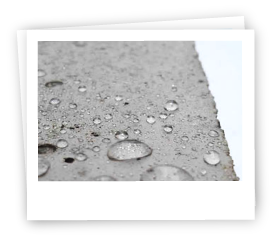
|
This feature generates many excellent features and benefits
|
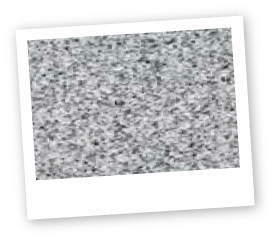
|
|
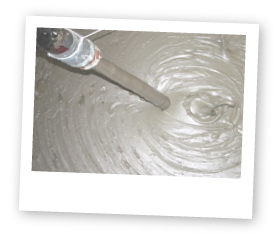
|
|

|
|
Uses:
Besides being used in building applications such as: lightweight block, roof insulation, and cast-in-place walls/ structures, its high fluidity, and ability to mould itself to any shape (without vibration) has made it an excellent material for filling underground pipes, mine voids, cavities in tunnels, and trenches.
Manufacturing Locations:
Lightweight Concrete can be manufactured on site using mobile equipment or in factories. For those projects needing site production, cement, sand [if needed], and water can be manufactured at concrete hatching plants and transported to the site in ready-mixed trucks; or, it can be manufactured on site. The foam is then either be added into the back of the ready-mix trucks or into the mobile production mixer. Once the foam has been added, the lightweight concrete can be pumped or poured to the desired location.
